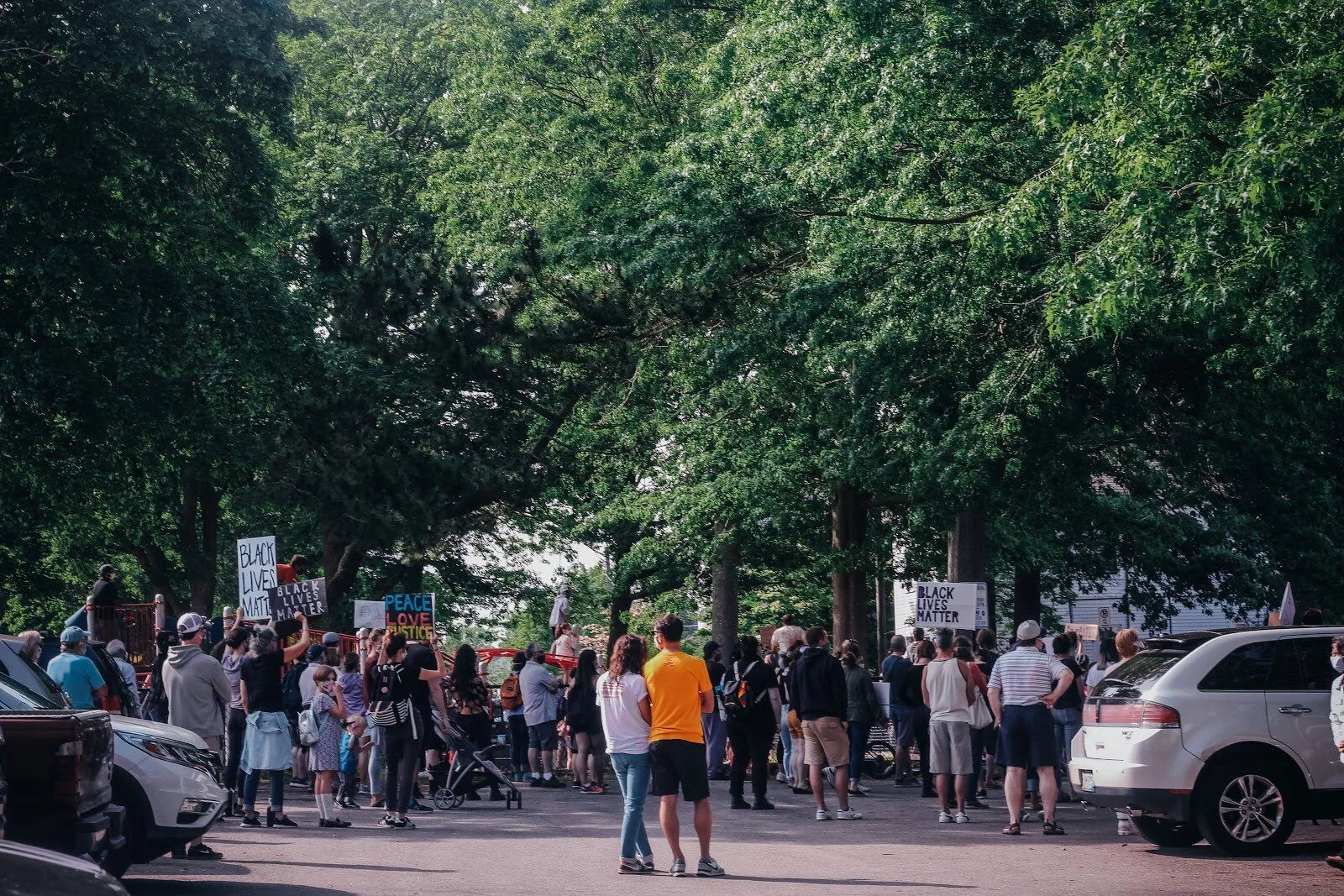Johnson&Johnson COVID-19 vaccines at the Javits Convention Center in Manhattan, N.Y., March 3, 2021. Photo by Army Sgt. Sebastian Rothwyn, Army National Guard.
By Lily Benn ’24
Staff Writer
On Jan. 26, 2023, the Food and Drug Administration of the United States held a meeting to discuss future plans for public health and the administration of COVID-19 vaccines. According to PBS NewsHour, the committee of 21 FDA members voted unanimously to approve the strategy of implementing an annual COVID-19 vaccination, allowing for people of all vaccination statuses to be vaccinated every year. This new system would no longer be dependent on keeping track of the number of primary vaccinations and boosters an individual has received, an article from AP News explains. The online committee meeting included information from an immunologist, Matthew Woodruff, who studies and publishes research on immune responses to COVID-19.
The AP News article goes on to state that while over 80 percent of Americans are vaccinated against COVID-19 with at least one dose, the newest Omicron variant booster approved in August 2022 has only reached about 16 percent of those eligible. As boosters become less popular among Americans, FDA scientists have supported a transition to an annual vaccination model, citing that many Americans have preexisting immunity from COVID-19 due to previous vaccination, infection or both. A news broadcast from WKMG News 6 ClickOrlando by Julie Broughton explains this news, but reports on counterpoints such as “critics” who believe that not enough data exists to sufficiently explain the higher immunity that the FDA has been using to back this new annual vaccination proposal.
This new system would go into effect once approved and backed by the Center for Disease Control, according to an article from PBS NewsHour. This new vaccine would likely be bivalent — or target multiple strains — as COVID-19 evolves. Thus, it would be able to target both the current dominant variant, Omicron, and further strains. Similar to the widely recognized influenza vaccine, it would be reevaluated each year and changed to target new mutations of the spike protein, the article explains.
According to a timeline put out by Mayo Clinic, vaccines targeting various influenza viruses have had a similar history, where pandemics and outbreaks led to widely recognized annual vaccines recommended for the general public. Influenza pandemics occurred in 1918, 1957 and 1958, 1968, the 1970s, and 2009, according to Mayo Clinic. The first introduction of an influenza vaccine recommendation was made in 1960 by the U.S. Public Health Service for people who were at high risk of influenza complications. By 1968, researchers began the development of specific influenza strain vaccines as a new pandemic spread. The article cites that the Advisory Committee on Immunization Practices, a part of the CDC, introduced a recommendation in 2010 that all people aged 6 months and older be vaccinated against influenza annually. By 2019 and 2020, Mayo Clinic reports that annual influenza vaccines have prevented about 7.5 million infections and illnesses.
According to AP News, the FDA hopes that their new vaccine implementation strategy will increase vaccination rates worldwide, as this strategy would both simplify information and increase health for the general public.



